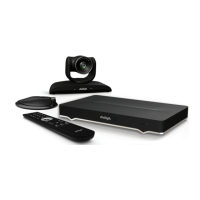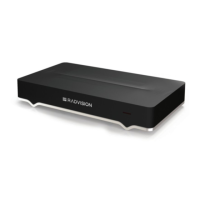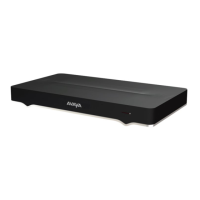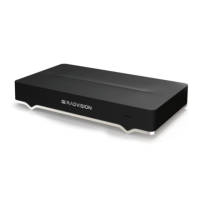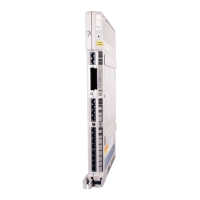Features comparison
Feature Avaya XT Series application Avaya Spaces application
Connection to Avaya Spaces REST API + socket.io REST API + socket.io
Call type SIP-based audio stream using the
Opus codec
H.264 SVC (FEC)-based video
stream with 720px30fps
resolution using the Netsense
code.
HTTPS-based communications
using WebRTC and the Opus
codec
Video stream with 720px30fps
Join meetings entering a
verification code on computers or
scanning a QR code on tablets
and mobile phones
Yes Yes
Pan, tilt, and zoom using the
remote control unit
Yes Yes
User controls, such as muting
audio, disabling video, volume,
disconnecting calls, and picture-
in-picture
Yes Yes
Web collaboration using AV
Grabber, Screen Link, Miracast,
or supported third-party
applications.
Yes Viewing only
Microsoft Outlook integration Yes No
Roster of meeting participants
with their presence status
Yes No
Camera speaker tracking Yes No
Recording meetings in USB
devices
Yes No
Direct dialing Yes No
Contact favorites Yes No
About the Built-In Media Server
You can use your Avaya XT Series to join a videoconference hosted on an external Media Server
or you can host a meeting on the built-in Media Server if available.
A Multipoint Control Unit (Media Server) connects several endpoints to a single videoconference.
It can manage multiple separate conferences simultaneously. It manages the audio mixing and
creates the video layouts, adjusting the output to suit each endpoint's capabilities (transcoding).
The term Media Server refers to any Avaya or third party MCU.
About the Built-In Media Server
March 2021 User Guide for Avaya XT Series 17
Comments on this document? infodev@avaya.com

